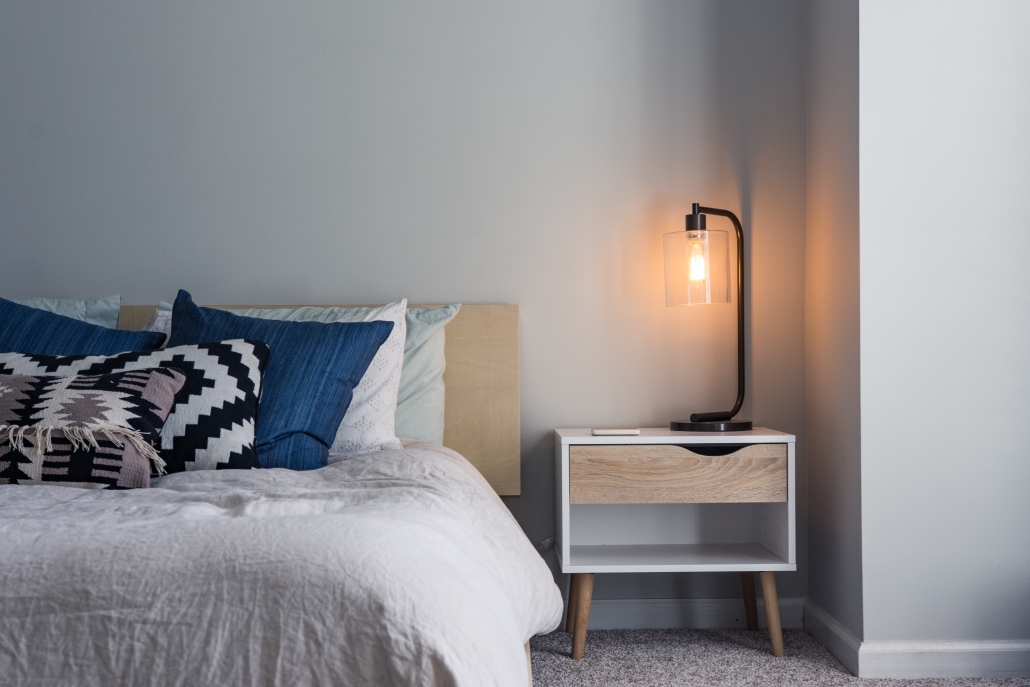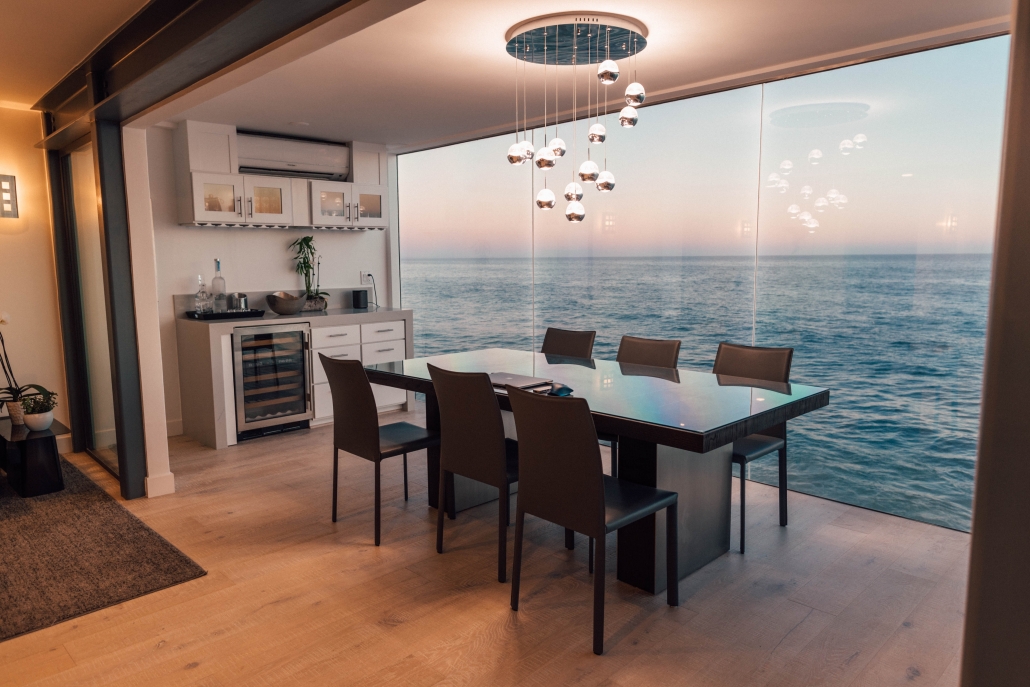Just like you would dress up for a first date to impress, private developers are no different. Showflats form the first impression for any prospective buyer. Developers put in a great deal of effort to glam it up. From neatly arranged wine glasses and cutleries to antique chandeliers hanging from the ceilings. More often than not, this is not what we will usually see in most Singaporean homes.
However, these glamorous setups often thread on the line of reality. With some developers pushing the envelopes a little too far by making the showrooms appear bigger than what buyers will get upon their key collection! Realizing the lack of information consistency made to the consumer market, the government had intervened.

The Housing Developers Act, comprising a whole list of strict rules and regulations imposed on private developers to minimize the extent of misrepresentation made to consumers. These regulations include examples such as requirement for developers to install actual-sized doorframes and doors in showrooms as opposed to the previously common practice of using glass walls which results in the spaces appearing optically wider than the actual, and dimensions are to be scaled accordingly.
With regards to the price quoted, transacted prices have to transparently reflect all discounts and rebates offered by developers, including stamp duty refunds to ensure that there is transparency in the market. Breaching any of these rules could result in offending developers incurring fines up to $100,000 or close the showflats if deemed necessary. While developers today are forced to keep within the boundaries of the new game boundaries, it has not stopped them from incorporating subtle tricks that you as a buyer should be aware of!
1. Mirrors, furniture and fittings are every developer’s best friend
It comes as no surprise that mirrors are often deployed in showflats to widen the perception of the unit. Often, there are ceiling to floor height mirrors that are situated in the living room, coupled with the right lighting. This creates the illusion of spaciousness. While the government has yet to curtail the use of mirrors in showflats, which can be argued as being a creative addition to the design of the home, just be mindful to ensure you are actively aware of the optical illusion and to manage your expectations. On the bright side, if you like the idea of creating a spacious look in your real home, be sure to let your interior designer know!
For those who have visited a showflat would have noticed that placement of shimmering cutleries, branded dishwashers and cooking hobs. These often leave you dreaming of what it would be like to live in one of these stunning units. The truth in most cases, is that not everything that you see is what you would get in reality. Developers may swap out home appliances with other brands as opposed to what was presented to you initially. Always check with the developer and get an inventory list. This would give you a clear idea of what to expect.

2. What is extra is not always yours
For the unseasoned or first-time home buyer of a private property, things are not as transparent as it seems. More often than not, private developers showcase ground floor units, as they come with Private Enclosed Spaces (PES), somewhat like an outdoor balcony. However, these PES additions are usually available only to ground floor units. While the floors above them would naturally have smaller livable space. Another common strategy deployed by developers would be the showcasing of penthouse units that come with higher ceiling heights that range between 3.5 to 5 metres. This again adds to the visual appearance of the space.
3. Hacked walls
Hacking walls and combining them is a common renovation request amongst homebuyers. For those who wish to enlarge the perception of their living spaces to create a more open-concept home layout. When you collect your keys, you might be shocked to see that your actual home looks smaller. Do note that hacking of walls and reconfiguring the layout would inevitably incur greater costs on your renovation expenditure! In showflats, developers are required to indicate and place floor markers of the actual and original position of the walls, including their thickness and width.

Now that you have learnt the art of looking out for these tricks that developers may include in their showflats. Collecting the keys to your next property would call for a true celebration. Can you think of other tricks that developers tend to implement to unsuspecting home buyers? Share them with us!
Want to find the best mortgage rate in town? Check out our free comparison service to learn more!
Read more of our posts below!

